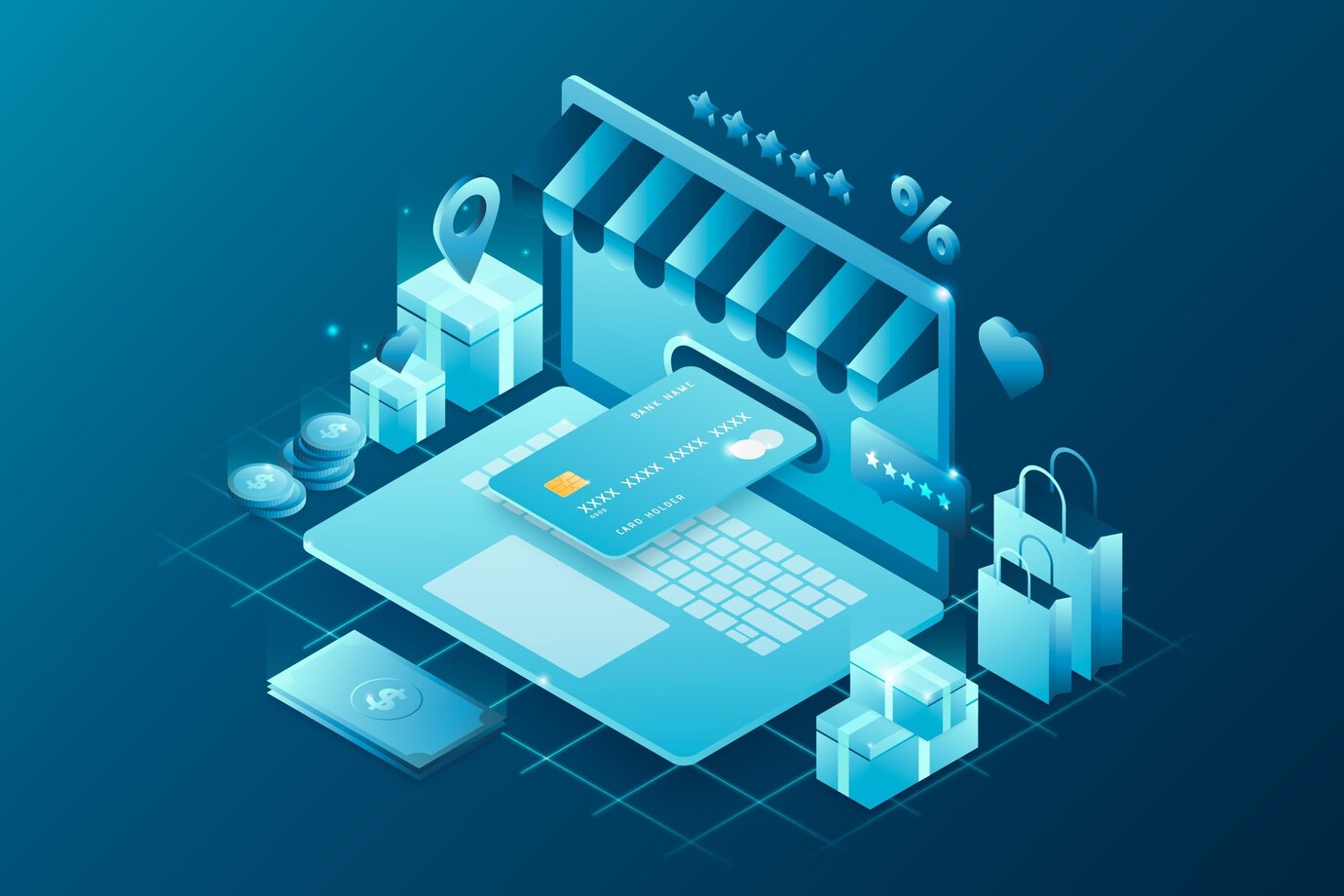India’s Explosive E-Commerce Growth: A Digital Revolution
India’s e-commerce market has transformed dramatically over the last decade. With over 800 million internet users and a rapidly expanding smartphone user base, online shopping in India has evolved from a novelty to a daily habit for millions. Driven by affordable data, increasing digital literacy, and a flourishing logistics network, the country is poised to become the third-largest online retail market by 2030.
Retail giants like Amazon India, Flipkart, Myntra, Snapdeal, and JioMart have played pivotal roles, but so have smaller players and regional marketplaces catering to vernacular languages and local tastes.
Urban vs. Rural: The Expanding Geography of Online Shopping
While urban India continues to dominate online spending, rural India is rapidly catching up. The availability of cash-on-delivery (COD), low-cost smartphones, and regional language interfaces has helped penetrate Tier II, III, and IV cities. Platforms like Meesho and ShopClues have tailored their strategies for Bharat consumers, offering budget-friendly products and simplified UX.
Mobile-First Nation: The Dominance of M-Commerce
Over 80% of India’s online transactions happen via mobile devices. The widespread adoption of smartphones and UPI-based digital payments has made m-commerce the primary mode of online shopping. Apps offer personalized notifications, voice search, and one-click checkouts, enhancing convenience.
Popular mobile shopping apps in India include:
-
Amazon India
-
Flipkart
-
Ajio
-
Myntra
-
Tata Neu
-
BigBasket
-
Nykaa
What India Buys Online: Top E-Commerce Categories
The online shopping habits in India reveal clear preferences across categories:
1. Fashion and Apparel
Clothing, footwear, and accessories form the largest segment, driven by seasonal sales, influencer marketing, and affordability. Brands like Myntra, Ajio, and Zivame lead the way.
2. Electronics and Gadgets
Smartphones, laptops, and smartwatches are top-selling products, often bundled with EMI options, exchange offers, and extended warranties.
3. Grocery and Daily Essentials
With rising demand for convenience, platforms like BigBasket, Blinkit, JioMart, and Zepto fulfill millions of orders weekly.
4. Beauty and Personal Care
India’s youth and beauty-conscious shoppers trust Nykaa, Purplle, and Smytten for skincare, cosmetics, and grooming products.
5. Home and Kitchen
COVID-19 reshaped this category, with consumers investing in home improvement, appliances, and furniture through platforms like Pepperfry, Urban Ladder, and IKEA India.
Festive Frenzy: How Shopping Peaks During Indian Festivals
Diwali, Dussehra, Navratri, and Independence Day sales drive massive online traffic. E-tailers clock record-breaking GMV (Gross Merchandise Value) during these periods by offering deep discounts, exchange schemes, and limited-time deals. The Great Indian Festival by Amazon and The Big Billion Days by Flipkart are events that millions await every year.
The Rise of Social Commerce: Shopping via Influencers & WhatsApp
Social commerce is booming in India. Instagram shops, YouTube reviews, WhatsApp catalogs, and platforms like Meesho have empowered both resellers and first-time entrepreneurs. Consumers trust peer recommendations and user-generated content, which leads to more informed purchases.
Digital Payments: UPI Leads the Checkout Process
The Indian government’s Digital India initiative and the success of UPI (Unified Payments Interface) have revolutionized online transactions. Over 12 billion UPI transactions are recorded monthly, making it the go-to method for online purchases.
Top digital payment methods:
-
UPI (Google Pay, PhonePe, Paytm, BHIM)
-
Debit/Credit Cards
-
Net Banking
-
Wallets (Paytm, Amazon Pay, Mobikwik)
-
Cash on Delivery (still preferred in Tier II & III cities)
Personalization and AI: How Technology Drives Indian E-Shopping
AI-driven algorithms provide tailored recommendations, localized content, and dynamic pricing. Shoppers in India now enjoy features like:
-
AR-based try-ons (e.g., for eyewear and cosmetics)
-
Chatbots in regional languages
-
Predictive delivery updates
-
Hyperlocal inventory mapping
Return Policies & Customer Trust: Key to Conversion
Indian consumers value easy returns, transparent tracking, and customer reviews. A flexible return window and no-questions-asked refund policy significantly increase purchase confidence. Marketplaces with 24/7 customer support, live chat, and verified reviews outperform their competitors.
Challenges That Shape India’s Online Shopping Landscape
While growth is promising, e-commerce in India faces challenges like:
-
Logistics and delivery in remote locations
-
Counterfeit products
-
Cybersecurity concerns
-
Language diversity
-
Low trust in high-value purchases
Startups and established brands are tackling these with innovative solutions, including micro warehouses, QR-code based product verification, and vernacular customer support.
The Future of Online Shopping in India
India’s e-commerce ecosystem is set to witness:
-
Voice-based shopping in regional languages
-
Drone-based last-mile delivery
-
Metaverse-based virtual stores
-
Subscription-based commerce models
-
AI-powered visual search engines
With 5G rollouts, financial inclusion, and government support, the future is both digitally inclusive and consumer-centric.



